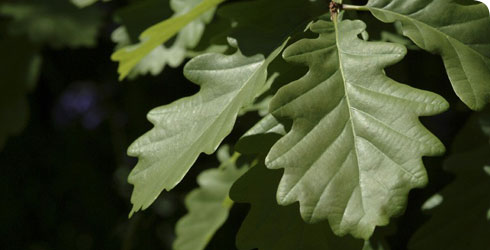British habitats
The habitats of the British Isles range from low-lying fens in East Anglia to open heathlands in Dorset and elsewhere, and from colourful flower meadows to hundreds of miles of hedgerow.
Find out how each habitat flourishes in the Museum's own Wildlife Garden. The experts who look after them give you their tips on growing your own mini-habitats. Finally, explore the bigger picture and discover which habitats are threatened and what is being done to prevent them from disappearing.
-

Woodland
Why are insects keen on coppiced woods? Which are the most common woodland flowers? And what threatens the UK’s wooded areas?
-

Heathland
Find out about this man-made habitat created by our ancestors thousands of years ago and discover why it is now under threat.
-

Hedgerow
Find out how hedgerows have changed over the years and the way to work out the age of a hedge by looking at the plants and animals living in it.
-

Freshwater ponds
Learn about the different origins of man-made and natural ponds and discover what insect, plant and bird-life a garden pond can attract.
-

Reedbed
Explore the world of reeds and rushes along with a wide range of breeding birds and the occasional fox.
-

Meadow
Meadows are well known for their brightly-coloured flowers but find out about all the insects they attract too.
-

Fen
Which is the best region in Britain for exploring fens? And how did they help supply both heat and shelter to local inhabitants?
-

Chalk grassland
Discover why chalk grasslands provide such a rich habitat for insects and flowering plants.
Wildlife Garden blog

Keep up to date with what’s happening in the Museum’s Wildlife Garden and discover some of the latest sightings in this tranquil haven.

